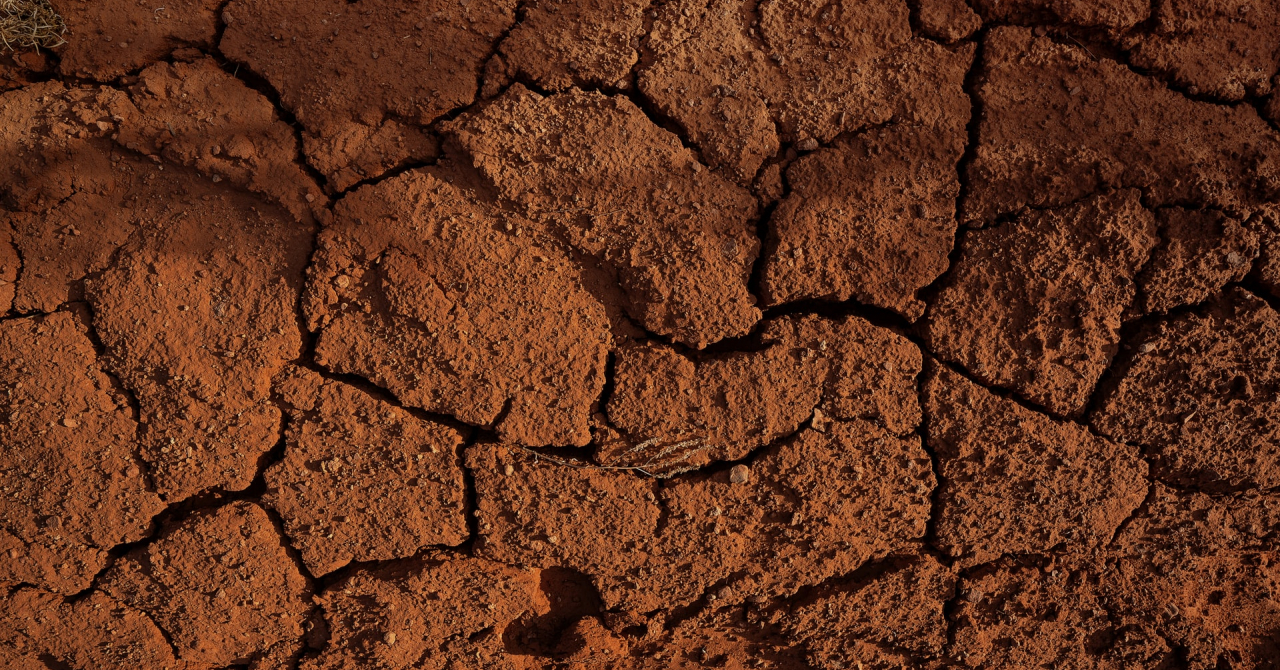According to the report published by the UN and cited by Reuters, almost half of the world’s land area is dedicated to agriculture. And to get more land for crops and livestock, there was a more profound need to clear more forest areas.
The U.N. Convention to Combat Desertification (UNCCD) says that if this trend continues, another 11% of the world’s land surface (about the size of South America, to get an image of the size) could be further degraded by 2050.
With an increased need to have more food and natural resources, the world’s population has converted more than 70% of the Earth's ice-free land area. But extracting natural resources led to a higher degree of water pollution, to soil erosion and to mountain slopes destabilized, the effect being just the opposite when it comes to the quantity and quality of crops produced.
Almost half of the global economy, or about $44 trillion a year, relies on land cultivation or resource extraction.
"Land degradation means death," Ibrahim Thiaw, executive secretary of the UNCCD, told Reuters.
At the same time, human activity, which is one of the main contributing factors to climate change, generates more and more disasters, with anywhere from 350 to 500 medium or large-size disasters taking place around the world yearly in the past two decades. According to a UN report, the frequency of those events is expected to increase in the future.
 Oana Coșman
Oana Coșman












Any thoughts?